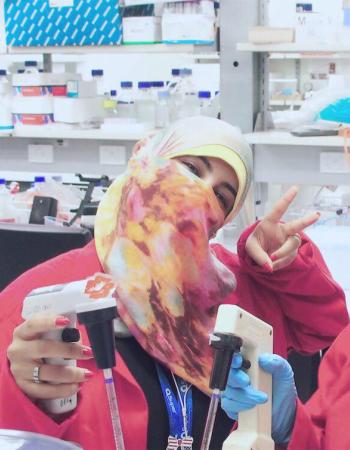Teleradiology in Saudi Arabia: a national survey and retrospective review of associated MRI reports
Abstract
Background
Due to the recent evolution of telecommunications, it is now acknowledged that digital communication provides essential services for remote areas. Teleradiology allows the ability to obtain images at one site, send them over a distance, and view them remotely for diagnostic or consultation purposes.
Aim
The highlighted objectives include (a) the added value of the service, (b) user satisfaction, and (c) quality assurance according to global best practices and national quality standards.
Methods
This study utilised an eight-part online self-report survey distributed among employees of the Ministry of Health (MOH) who use the national teleradiology platform. The survey sections were designed to gather comprehensive data, including participant demographics, levels of satisfaction with the service, awareness of security measures, communication effectiveness, perceived advantages and disadvantages, quality assurance, technical challenges, IT support, and future perceptions of teleradiology services. Additionally, a total of 212 MRI reports from patients who underwent brain and spine MRI examinations between 2018 and 2020 were collected from the platform to strengthen the analysis.
Results
Most survey respondents (78%) were males, with a significant majority (96.2%) affirming that teleradiology sufficiently addresses clinical inquiries. Furthermore, 90% expressed satisfaction with the service, and 93% endorsed the standardization of MR imaging procedures across Ministry of Health (MOH) hospitals. Notably, 92.4% recognised teleradiology as a transformative strategy for healthcare facilities in Saudi Arabia, concurring with its benefits. The analysis of the MRI reports revealed structural inconsistencies; compared with structured templates, the average number of incorporated elements was reduced, and essential elements were frequently absent. Intriguingly, reports delineating normal cases included a higher incidence of clinical impressions relative to those describing abnormalities, yet the latter contained a more comprehensive array of elements. Variability in report composition was correlated with the years of experience of the reporters. Teleradiology users perceived enhancements in the quality of radiological reporting and the daily operational workflow. Nonetheless, certain limitations were identified, necessitating focused improvements by service providers.
Conclusion
Despite teleradiology being a subspecialisation, it can reduce the role of local radiologists. Further research is needed on data security, confidentiality, and archiving options, as well as the cost-effectiveness of teleradiology services.

Abstract
Background

Increasing numbers of patients who recover from COVID-19 report lasting symptoms, such as fatigue, muscle weakness, dementia, and insomnia, known collectively as post-acute COVID syndrome or long…

